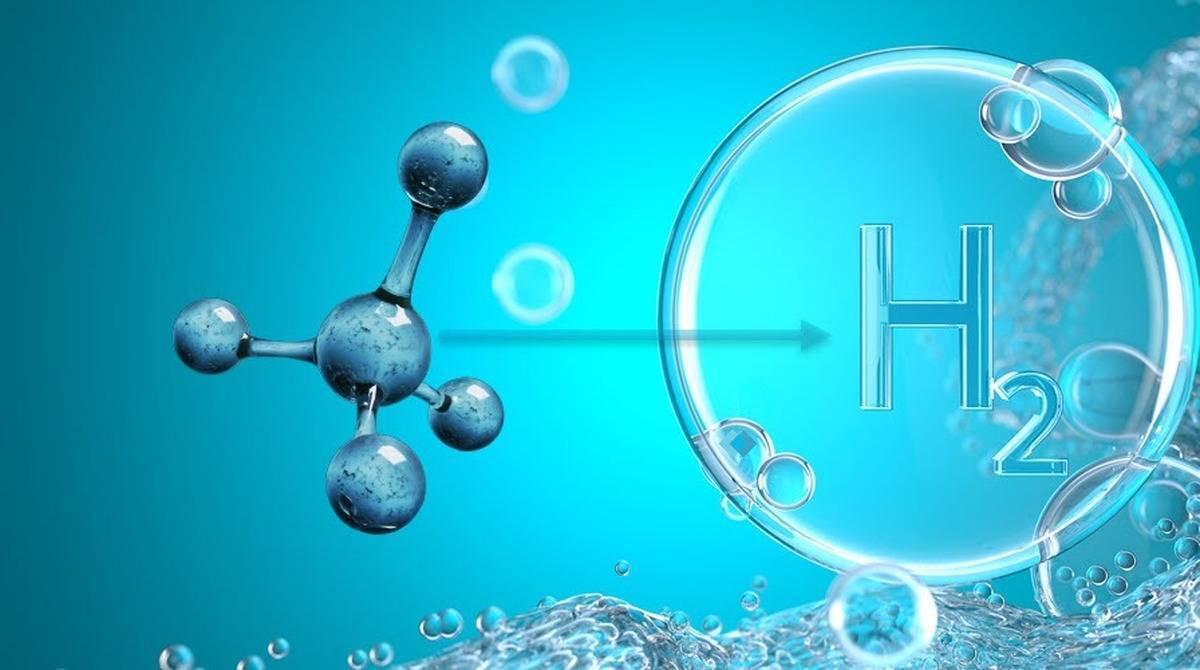Breaking Barriers in Hydrogen Science: New Techniques Promise Brighter Tomorrows

Protium, also known as hydrogen-1, is the most abundant hydrogen isotope. Its heavier counterpart, deuterium, is increasingly important in pharmaceuticals, enhancing drug stability and effectiveness, the journal Chemical Science reported.
Together with tritium, deuterium forms a “super-heavy” hydrogen fuel for nuclear fusion, a sustainable energy source of the future. However, purifying these isotopes efficiently and affordably remains a challenge due to their similar physical properties. Current methods of isotope separation are energy-intensive and lack efficiency.
“It has been known for almost 15 years that porous metal-organic frameworks can, in principle, be used to purify and separate hydrogen isotopes. However, this has only been possible at very low temperatures, around minus 200 degrees Celsius – conditions that are very costly to implement on an industrial scale,” says Professor Knut Asmis from the Wilhelm Ostwald Institute for Physical and Theoretical Chemistry at Leipzig University and spokesperson for the Research Training Group.
He adds that the separation mechanism is based on the strongly favored adsorption of one of the isotopes present on one of the free metal centers in the porous solid. Adsorption is a process by which atoms, ions, or molecules from a gas or liquid adhere to a solid, often porous, surface.
The doctoral researchers of the 1,2,3H Research Training Group Elvira Dongmo, Shabnam Haque, and Florian Kreuter, who are all members of one of the research groups led by Professor Thomas Heine (TU Dresden), Professor Knut Asmis, and Professor Ralf Tonner-Zech (both Leipzig University), have now gained a deeper insight into the influence of the framework environment on binding selectivity. This means the question of why one of the isotopes is more likely to stick than the other. This was deciphered in detail in the present study through a synergistic interplay between state-of-the-art spectroscopy, quantum chemical calculations, and chemical binding analysis on a model system.
“For the first time, we have been able to show the influence of the individual atoms of the framework compounds on adsorption. We can now optimize them in a targeted manner in order to obtain materials with high selectivity at room temperature,” says Heine.
4155/v





















